Thousands of miles of mountain bike trails in Washington zigzag, switch-back, and descend through astounding landscapes: cedar forests carpeted with ancient ferns, alpine ridgelines with 360-degree mountain panoramas, meadows riotous with wildflowers, volcano blast zones, and summits overlooking the Pacific Ocean.
“Washington State mountain biking is magic,” says Yvonne Kraus, executive director of Evergreen Mountain Bike Alliance (EMBA), the state’s leading advocacy group. “The riding is about as diverse as it gets.”
There’s something for everyone. The tentative beginner will be just as satisfied as the downhill rider with a full-face helmet – same deal for the cross-country mountain biker wanting a flowy 20-mile day and a freerider aiming to huck themselves off jumps. Thanks to hundreds of tireless volunteers, public land management, and nonprofit entities, innovative mountain bike trails in Washington are continually being built and enhanced, making Washington a national and international destination. Check out these eight highlight trail systems.
Best Places for Mountain Biking in Washington
Bellingham Area
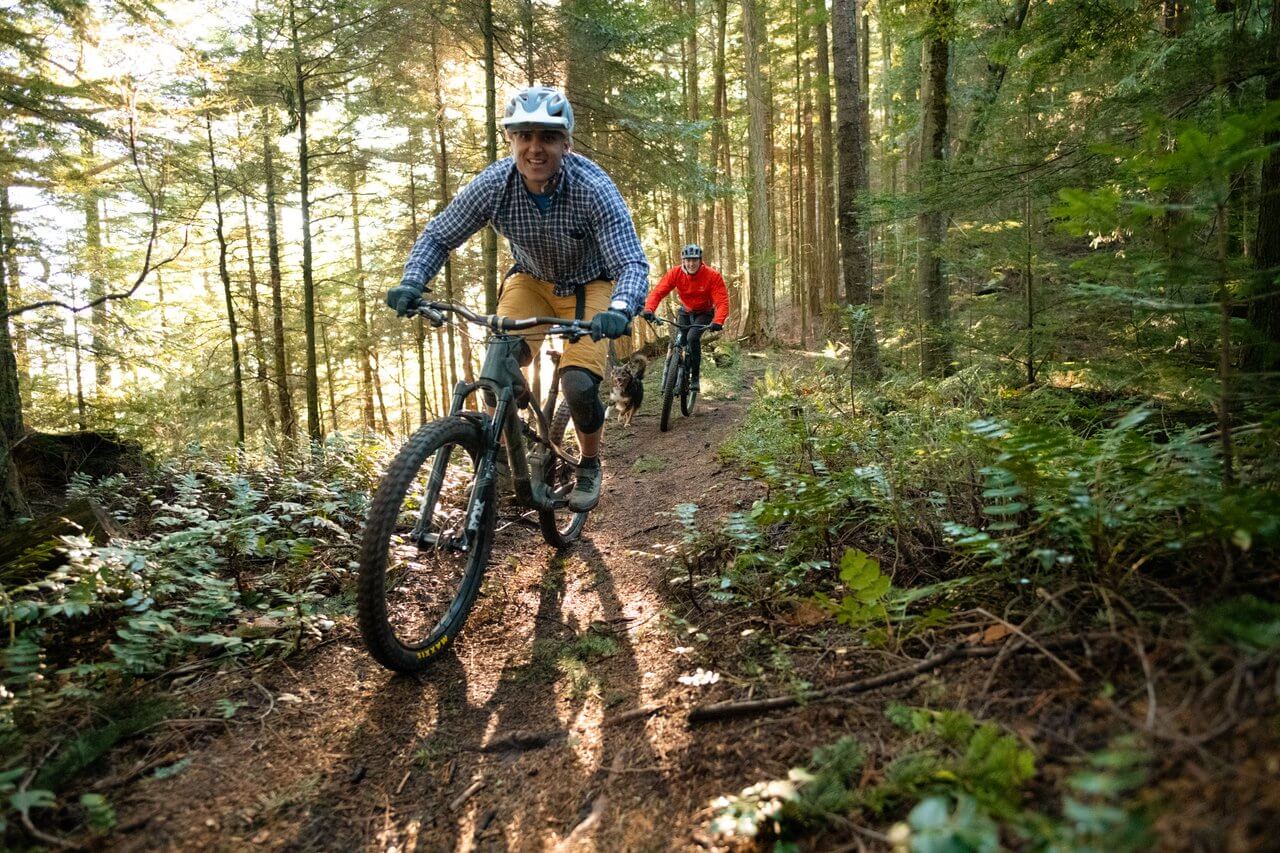
Best for: downhill, jumps, cross-country, ocean views, bike parks
Rideable seasons: all year
Singletracks Magazine labeled Galbraith Mountain the best place to mountain bike in Washington, and it’s easy to see why. This 3,000-acre use area southeast of Bellingham has 65 miles of singletrack and includes berms, downhill-specific trails, and big stunt features, all in a dense forest overlooking the city and Bellingham Bay. But the nearby Chuckanut Mountains are not to be overlooked. South of Bellingham overlapping Larrabee State Park, this oceanside shared-use trail system has 50 miles of trail and postcard views. There is free parking at Galbraith Mountain and Chuckanut Mountains trailheads and accesses, but parking in Larrabee State Park requires a Discover Pass.
Bellingham’s mountain bike fever expresses itself in other ways as well. The area is home to four pump tracks and a dirt jumping park. For those who want a guided experience or to rent mountain bikes, Dig Deep Tours is a great resource. If you need a pre-ride coffee, post-ride beer, or brake adjustment, head to Cafe Velo. In that same vein, Transition Bikes Outpost at the base of Galbraith Mountain is a bike shop more than happy to pour riders a beer post-ride.
Also See: Outdoor Adventures to Experience in Washington
Columbia River Gorge – Syncline
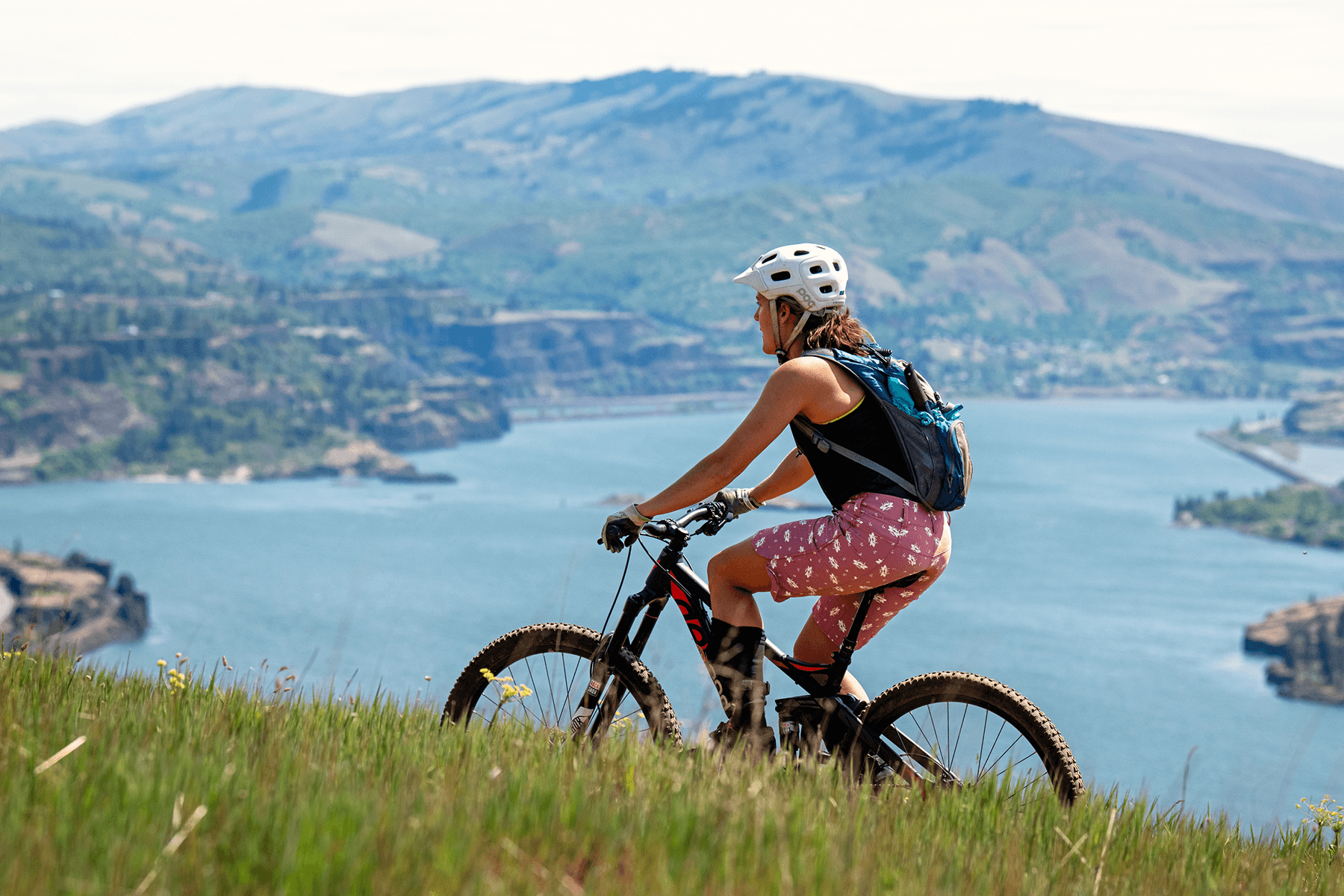
Best for: wildflowers, river and mountain views, cross-country with technical elements
Rideable Seasons: all year
This famous trail system east of Bingen takes advantage of an incredibly scenic area of ridges and draws right on the Columbia River; riders can look forward to significant elevation grades. The reward is insane views of the Columbia River Gorge and Mount Hood across the river in Oregon. And those fortunate enough to hit the trails in spring will also find the singletrack surrounded by wildflowers. Advanced riders will savor drops, ledges, narrow gaps, and scintillating descents while intermediate riders weave through creek beds and prairie country. Parking is free.
Dr. Roscoe’s Holistic Bicycle Repair is equal parts quirky and helpful and is located less than 4 miles from Syncline’s westernmost trailhead in Bingen.
Greater Seattle Area
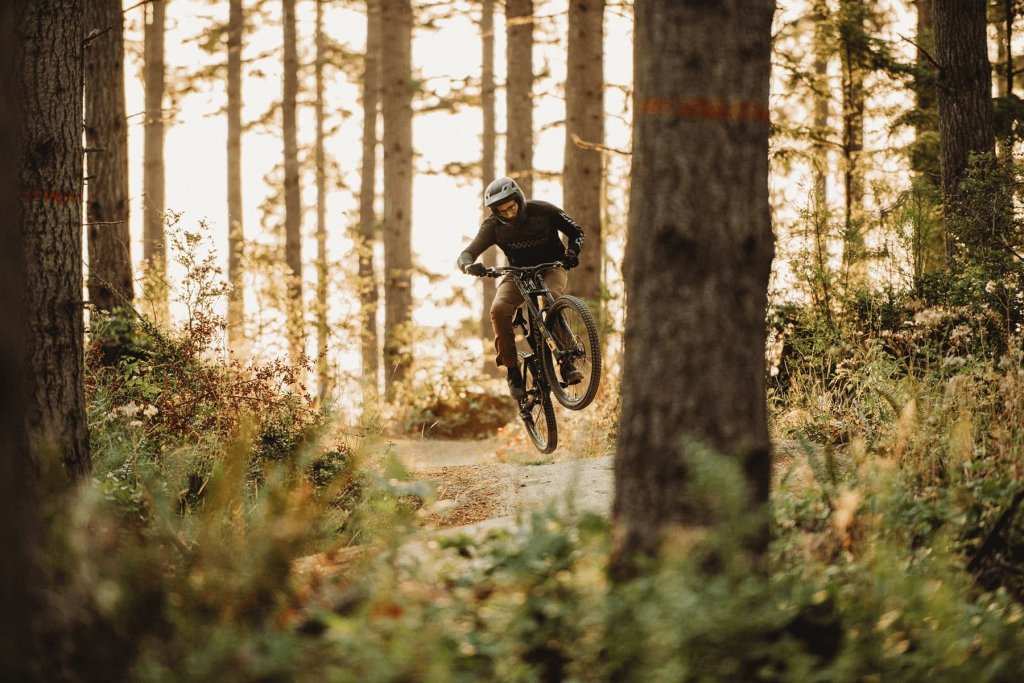
Best for: purpose-built trails, easy access, downhill, jumps, cross-country riding
Rideable Seasons: all year
Hop a ferry from Seattle to the Kitsap Peninsula to hit the dedicated freeride features and flowy cross-country trails at Port Gamble Forest Heritage Park. The 50 miles of singletrack and fire roads loop through forest floors lush with ferns and towering trees. Rent bikes at the Olympic Outdoor Center right in Port Gamble, less than 2 miles from a trailhead. Parking is free.
In the Western foothills of the Cascades near Seattle lies a treasure trove of Washington State mountain biking trails: Tiger Mountain, Duthie Hill, and North Bend. Tiger Mountain, located in the eponymous state forest, has a whopping 125 miles of trail with everything from easygoing routes to highly technical downhill. The network also connects to another system in Raging River State Forest, which has almost 50 miles of cross-country, downhill, and freeride trails.
Tiger Mountain sits on the Ancestral Lands of the Snoqualmie Tribe. If visiting this area, please help the Tribe protect these lands by staying on all marked trails and packing out trash.
On the Issaquah Plateau, Duthie Hill Mountain Bike Park caters to freeriders and downhillers. Much of its 9 miles of trail is directional, with sections sculpted for downhill. Its cross-country trails have freeride options: log rides, skinnies, drops, and ladders. Beyond the three pump tracks with park borders, Duthie’s flow park has the highest concentration of freeride trails and features in the state. This trail network connects to Grand Ridge Park, which has 25 miles of cross-country trails. Parking at Duthie Hill is free.
If you want a local guide to show you the way, Seattle Mountain Bike Tours run trips to Duthie, Tiger Mountain, and Raging River.
Mount St. Helens
Best for: river trail riding, geologic wonders, forests, ridges, mountain views
Rideable Seasons: Ape Canyon to Plains of Abraham (summer & early fall) Lewis River (all year)
Mount St. Helens erupted in 1980, leaving a drastically changed landscape that visitors can explore today. Ape Canyon to Plains of Abraham, a 20.4-mile out-and-back with 2,700 feet of climbing, showcases both the aftermath of the blast and the diversity of environments surrounding Mount St. Helens. Climb singletrack through the dense forest of Ape Canyon to a handsome ridgeline with unparalleled mountain vistas and then the barren lava fields of Mount St. Helens. Parking at the Ape Canyon Trailhead requires a Northwest Forest Pass or National Forest Day Pass ($5).
The Lewis River Trail is another favorite ride in the area but for different reasons. The 19.2 miles of singletrack plunge into old-growth forest past waterfalls along the striking Lewis River. There are some punchy climbs, technical sections, and cliff exposure, but nothing that an intermediate rider couldn’t walk. The trail can be ridden as an out-and-back, or as a one-way trail with a DIY shuttle drop. To set up a shorter ride, drop a car at one of the trail accesses along the way to shuttle back to the start. Because of its popularity, parking reservations are required at Lewis River from June through September.
For a guided adventure, Trans Cascadia Excursions leads one-day rides on Strawberry Mountain through the Mount St. Helens blast zone.
Leavenworth/Wenatchee
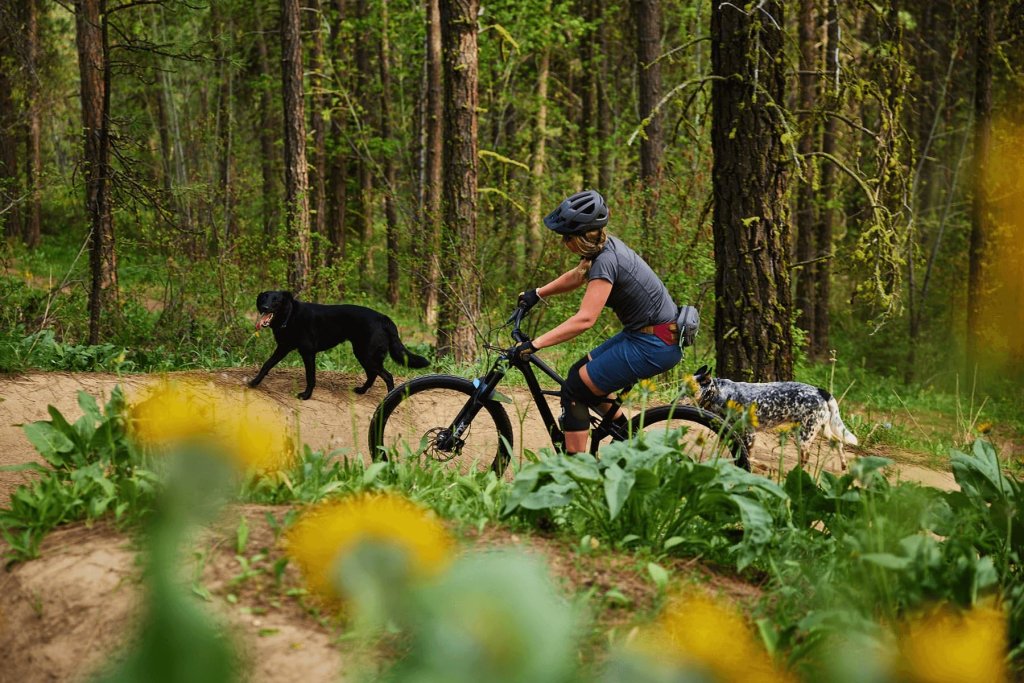
Best for: purpose-built trails, mountain and valley views, downhill, long cross-country rides
Rideable Seasons: late spring through early fall
This area in central Washington is becoming a star destination flush with spectacular mountain biking trail systems and hard-working locals who continually add to the infrastructure. On the outskirts of Leavenworth, the Leavenworth Ski Hill has over 60 miles of trail organized into a series of flowy loops, from beginner to advanced, along the ridges and draws of mountain country. Parking is free.
West of Wenatchee, #2 Canyon is a local favorite with over 25 miles of trail through a densely forested canyon. One trail, the #2 Big Loop (15.7 miles, 2,600 feet of climbing), tours the spectacular canyon on buff singletrack with monster views of the Columbia River Valley and Enchantments. Parking is free.
West of #2 Canyon, access some of the most iconic trails in the region, like Mission Ridge, Devil’s Gulch, and Tronson Ridge. This interconnected system of long trails can give riders an epic all-day adventure full of rock gardens, thrilling downhill, remote forest, and a horizon crowded with the Cascade Mountains. Organize your own shuttle for a pure downhill experience or a one-way ride. A Northwest Forest Pass or National Forest Day Pass ($5) is required.
Arlberg Sports has bike shops in Leavenworth and Wenatchee, and Der Sportsman in Leavenworth rents mountain bikes.
Okanogan-Wenatchee National Forest / Methow Valley
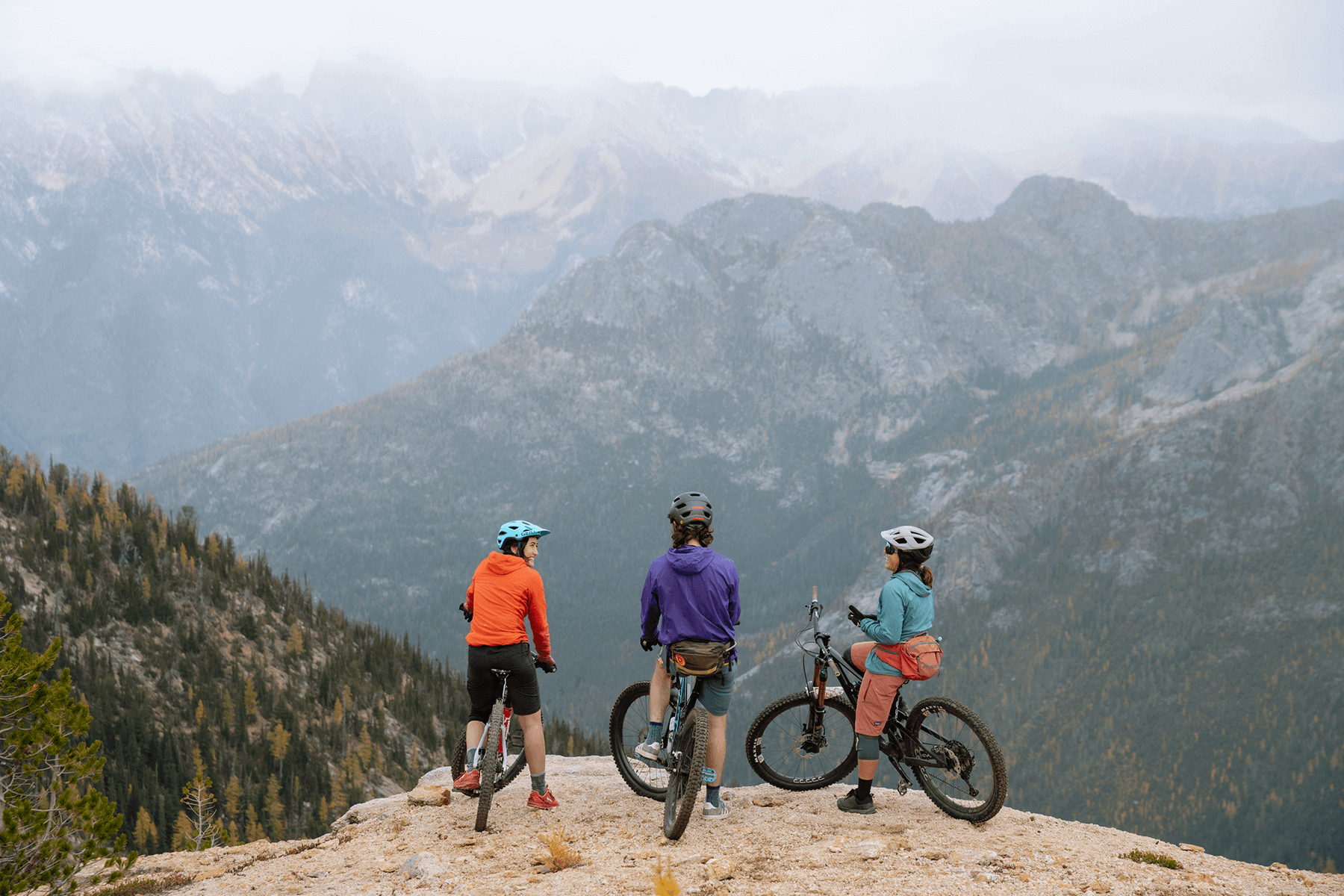
Best for: easy access, mountain and lake views, intermediate riders, cross-country
Rideable seasons: late spring through early summer
There’s no arguing with the epicness of almost 80 miles of trail at Sun Mountain east of Winthrop. From the mellow Beaver Pond Trail to the advanced Thompson Ridge Trail, which arcs deeply into remote wilderness, the area has something for all riders. Start right from Sun Mountain Lodge, which rents bikes and would make a great base camp. Farther east off Highway 20, Cutthroat Trail zigzags up to Cutthroat Pass. The 12-mile out-and-back with 2,500 feet of climbing earns you grand mountain vistas above treeline. A Northwest Forest Pass or National Forest Day Pass ($5) is required.
Just 20 minutes north of Chelan, Echo Ridge is a mountain biking epicenter in the Okanogan-Wenatchee National Forest. Soar along over 35 miles of swoopy, rolling singletrack, which is perfect for an intermediate rider. Lake and plateau views abound. Parking is free.
Also See: Year-Round Adventures in the Methow Valley
Chamna Natural Preserve
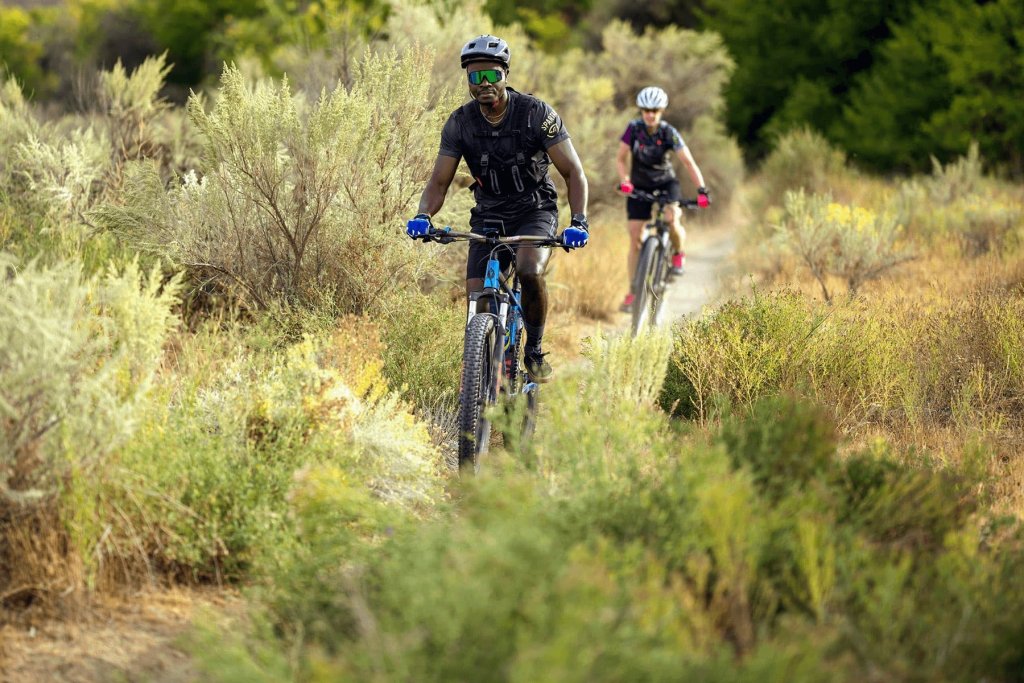
Best for: family-friendly trails, beginner rides, urban access
Rideable Seasons: all year
Right in the heart of Tri-Cities on the Yakima River, Chamna Natural Preserve has 9 miles of mellow, flat trail which is pitch perfect for first-timers and adventurous kids. On water breaks, check out riparian zones for river otters and birds of all kinds. Parking is free. Other beginner trails nearby can be found on Badger Mountain and Columbia Park. For a local bike shop, check out Markee’s Cycling Center in Kennewick.
Spokane Area
Best for: downhill, urban access, cross-country, mountain views
Rideable Seasons: late spring through early fall
Peer out at eastern Washington and northern Idaho mountain ranges from 5,800-foot Mount Spokane, 40 minutes north of Spokane. Shred through subalpine meadows and lush cedar forests on 40 miles of trails at this up-and-coming mountain biking hotspot in Washington. An 11-mile paved road to the top allows riders to easily session 6 miles of directional downhill singletrack. A Discover Pass is required.
On one of the last undeveloped ridges in the Spokane metro area, Beacon Hill makes for sublime urban mountain biking with almost 40 miles of trail. Cruise over granite outcrops with features like wall rides and drops or swoop along cross-country trails with jump lines. Parking is free.
Just west of Spokane, Riverside State Park has over 70 miles of shared-use double track and single track. In contrast to steep, tricked-out features of other area trail systems, Riverside riders will roll and flow through Ponderosa forests and meadows – a perfect choice for families or longer distance cross-country riders. A Discover Pass is required.
Wheel Sport Bicycles has several bike shops in the Spokane area.
Lift-served Downhill Trails at Ski Areas
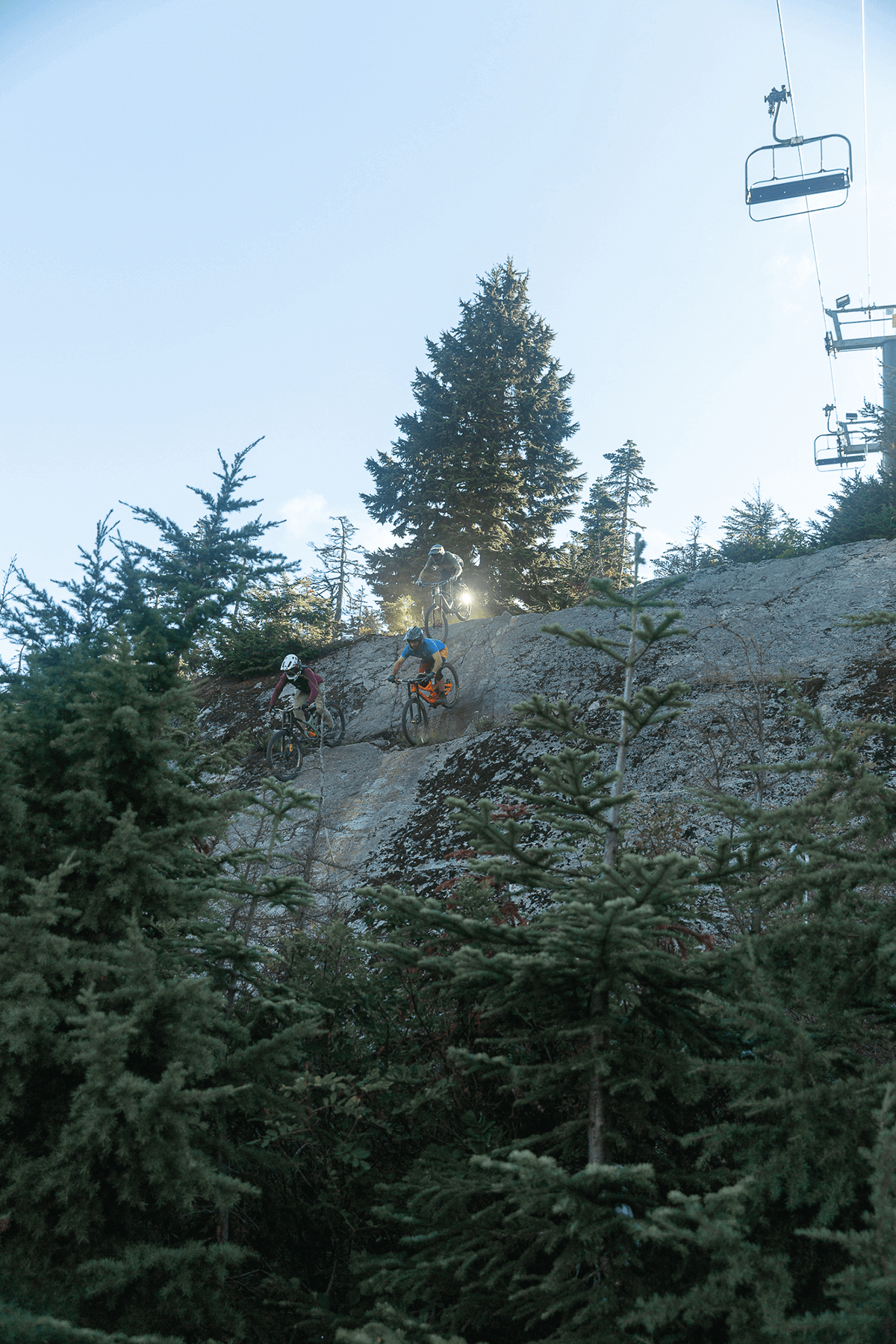
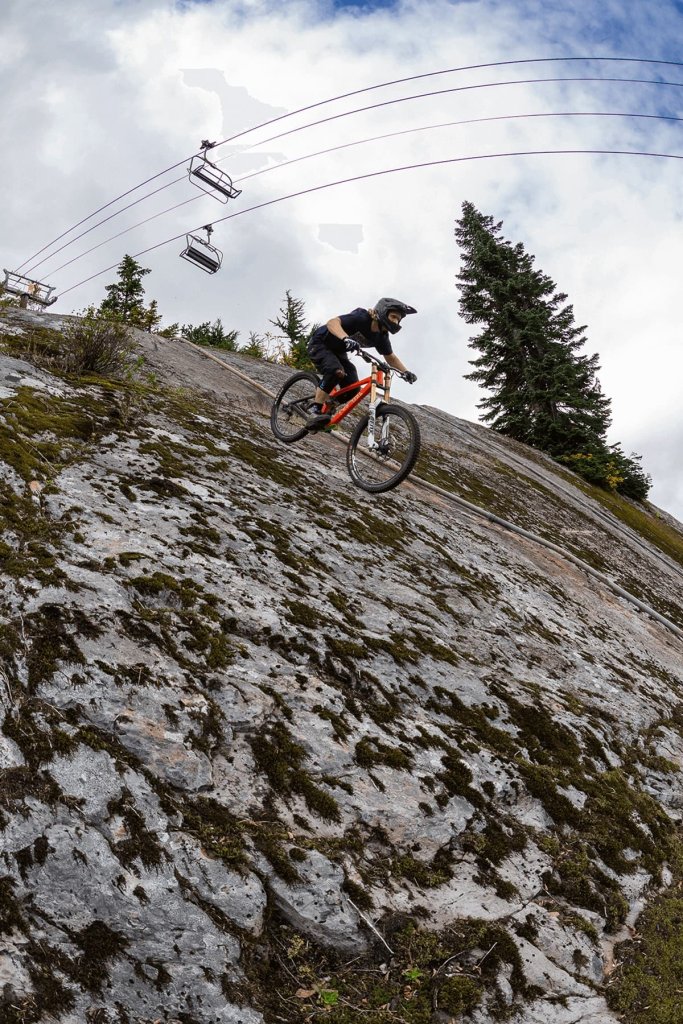
Good for: Downhill, freeride, technical riding
Rideable Seasons: Summer
Lifts aren’t just for skiers anymore. Attach your bike to a lift and float up a mountain bursting with summer wildflowers. Once at the top, riders can speed down the mountainside, launching themself off kickers or plummeting along trails purpose-built for downhilling and freeriding.
Without having to climb to the top, lift-served mountain bike trails in Washington let riders pour all their energy into downhilling. Washington has two ski areas with this service, which are both in the Cascades east of Seattle. Stevens Pass Bike Park and Summit Bike Park on Snoqualmie Pass have technical trails (navigating nature features of the mountain), freeride trails (constructed with jumps, berms, wall rides, and drops), and classic cross-country riding. Both areas will rent you all the gear you need, and Stevens Pass even has a mountain bike school. Parking is included with bike-park tickets.
Riding Tips and Trail Etiquette
- Always be a good steward of the land. Follow Leave No Trace principles, stay on marked trails (don’t cut switchbacks), and don’t go around mud puddles; ride through them to avoid widening trails.
- Check for trail and road closures before you head out, be aware of parking permit requirements, and tell someone where you are going.
- Bring food and water, layers, a physical trail map or offline Google maps, a repair/flat kit, and sunscreen/bug spray depending on the season.
- Remember the right of way: always pull over to let a climbing rider pass, and call out how many riders are following (i.e. “Three back”). All bikers yield to hikers, runners, and equestrians.
About the Author
Ellee Thalheimer is a freelance writer and guidebook author based in the Pacific Northwest who has contributed to publications like Lonely Planet Guidebooks, Alaska Airlines Magazine, and Adventure Cyclist Magazine. When she can’t get outside, she writes fiction, drinks local IPAs, and perfects her handstands.
Featured Image: Ski Hill | Courtesy of Evergreen MTB Alliance – Photo by Jake Martinez
